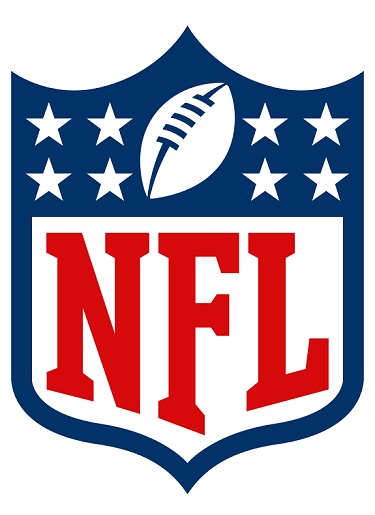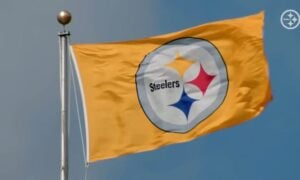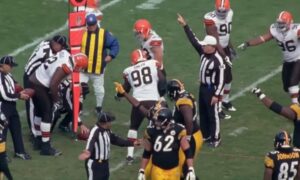While the primary health issue over the course of the past decade in the NFL has been concerning concussions, the league knows as well as anybody that there are many other types of injuries, and they frequently keep their players off the field longer than concussions do.
This offseason, the league is looking to expand its research network and its communication arms to better understand and communicate health information concerning the treatment and prevention of lower body injuries, from sprained ankles to pulled hamstrings and everything else in that vein.
And they are looking to recruit college team doctors and even the NCAA itself to help out. Because part of their work consists of field research, and there is an obvious advantage in being able to use college football as well.
“There’s a lot of potential for collaboration around the research questions we’re both working on. For example, we have a major research effort around playing surfaces and how cleats interact with playing surfaces”, NFL chief medical officer Dr. Allen Sills said.
“We can look at 1,800 athletes in the NFL, but imagine the power of being able to expand those observations to a number of NCAA athletes. That’s going to allow you to reach conclusions a lot quicker and with more power because we’ll have more athletes”.
Considering there are slightly more college teams than NFL teams, I think it’s fair to say that the subject pool would greatly expand if the NFL’s research into injuries could also utilize the college ranks. They will not only reach conclusions quicker, but also more accurately, because of the sample size.
But it’s not just for that that the NFL finds an increasing interest in collaboration. They have been doing research for years on their own. Now they want to communicate it, not just to the colleges, but also to high schools and pee wee leagues around the country. They want to better the game itself, which of course is also of benefit to them.
“I think we hope this is the start of even more regular interaction between the two organizations because we share the exact same goals, which is improving the health and safety of players”, Sills said of its collaboration with the NCAA.
The league is studying a number of variables to determine how they relate to the frequency of injuries, which, when quantified, can help teams work to prevent them. “We are looking at the performance of certain cleats”, Sills said as one example.
That includes “their traction; how easily they release from different turf surfaces; how much different turf surfaces contribute to potential injuries; how we train our athletes, the load they go through on a daily basis or through a training camp and whether that correlates with particular sprains or strains”.
How or when will we see this manifest materially in the NFL? How will teams be able to deploy this research data when gathered? A number of teams have tried to overhaul their workout programs to help prevent injuries, which have met with mixed success. Perhaps with more thorough, scientific knowledge, applied across the board, it could make a real difference.








